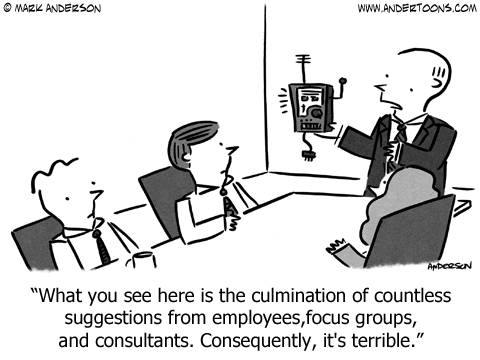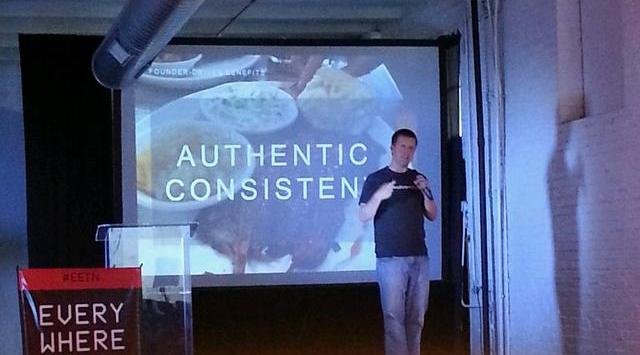Getting a startup off the ground and running is a rare feat. Startups are unlike traditional businesses because they are often in untested industries and run by untested leaders. In many instances startup founders are new to having any sort of team to manage. This lack of experience does NOT directly point to guaranteed failure; it does however point to a guaranteed need for fast assimilation toward understanding what it means to lead. While being a “leader” is a broad concept and can take many forms, there are many basic necesities to leading a successful team. The most important arguably being the ability to communicate effectively. This is not “bossing” others, it is communicating (ie. clearly giving direction, and more importantly, listening).
While their are papers, books, and thousands of articles to read on this subject, there are some simple areas and reasons where/why listening to your team members will immediately provide valuable returns.
Understanding Their Knowledge of Your Company
Your team is responsible for running your startup’s day to day operations, and as a result, they are the most familiar with the business. They can offer more insight to which systems in place are helpful and which ones are not. A good leader employs intelligent systems that help operations flow; a great leader designs (or simply approves) these systems based on employee testing and feedback.
This means that, if there is a problem, your goal as a leader should be to utilize your employees to get to the heart of the matter. Simply saying something is wrong and that it needs to be fixed is not enough. Talk with employees about what is wrong, listen to what they think needs to be done, and make an executive decision to move forward with their feedback in mind. Giving them accountability on how issues are solved within the company will also help them become more engaged and focused towards your startup’s accomplishments.
You Win When Your Employees Win
Any solid employer-employee relationship is a mutually beneficial one. You provide them with a great work environment and benefits, and in return they deliver results and loyalty to your company. When this partnership is operating on all cylinders the outcome of a great company is virtually inevitable. Your team’s productivity grows when your employees feel respected and valued. By running an ethical business, your team reciprocates and is ethical. Josephson Institute has a great outline on the responsibilities between an employer and an employer. Having these expectations mapped out for your employees ensures that they understand that their efforts are valued and respected, making them more susceptible to want your company to succeed.
It Limits Turnover
Turnover is one of the biggest ailments of a poorly ran startup. Taking additional time to train and retrain new employees is time consuming and a productivity waster. As a startup, time is not necessarily always on your side. If you do not have an employee satisfaction and retention process in place, you are putting yourself at risk. Combating this risk can be as simple as utilizing services like Inforsurv that can provide you with direct feedback regarding employee satisfaction. By taking the time to get their feedback on how well they like working for you, you can curb potential turnover. Employees are more loyal to employers that take the time to consider the needs of their employees.
Focusing on your startup’s idea and mission are important. Ensuring your management skills coincide with employee satisfaction is even more crucial. After all, you cannot run a startup if you do not have an efficient team behind you. Listen to your team when they offer their views. Think of your employees as a wealth of knowledge on your company. Engaging them in some decisions will only increase their level of commitment and dedication to your startup. Utilize your team, create an ethical workspace, and have a great management team to create a world class-working environment. Gather employee feedback from time to time to see if adjustments need to be made. Including your team in making your startup successful is not only ideal, but is a great way for you to heighten your abilities as an entrepreneur.



 Simple telecommunication networks have been around since the invention of TV
Simple telecommunication networks have been around since the invention of TV 












